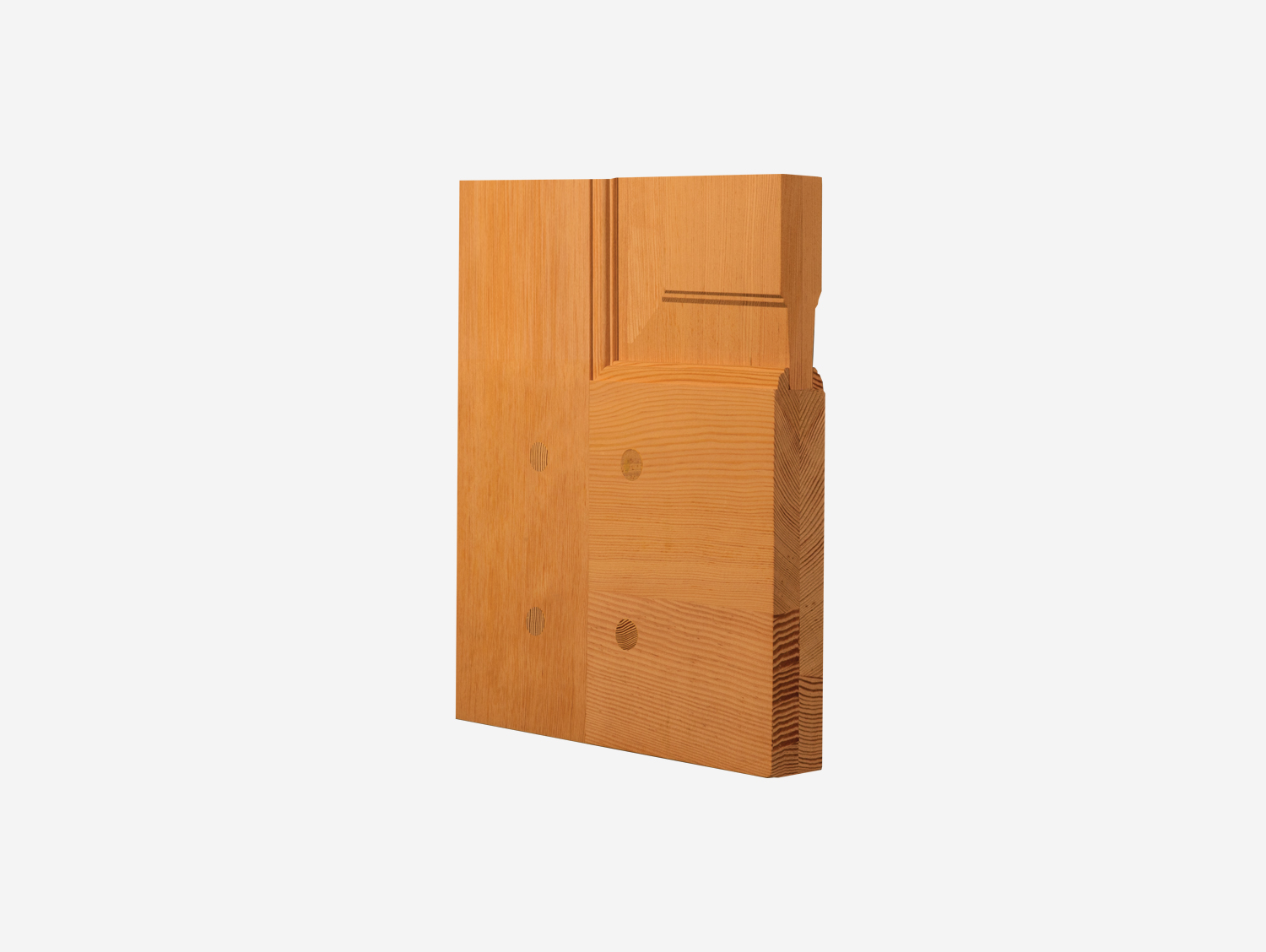Knowing the durability of your door is important when it comes to moisture management. Moisture affects a door and causes it to warp or rot over time creating three durability levels – good, better, and best.
Note: Metropolitan doors are no longer offerd. Any reference to Nantucket doors includes both the standard and optional joineries.
| Style | Good Durability | Better Durability | Best Durability |
|---|---|---|---|
| Nantucket | ✔ | ||
| Metropolitan | ✔ | ||
| WaterBarrier | ✔ | ||
| Performance | ✔ | ||
| Standard | ✔ |
Good Durability

Doors with a good level of durability look like solid wood, but they are a number of blocks glued together, covered with a veneer. Whether it’s the stile or the rail, we can see these different parts, which are solid, but not solid lumber, and the product is glued together only at the dowel pins. These parts and pieces take on moisture at different rates, causing the door to open up and swell. More moisture can get in causing veneer delamination, stile and rail separation, and eventually rot.
Better Durability

Doors with a better level of durability have a core covered with a veneer, but also have a composite block on the bottom of the stile. This block of composite material stops any water from being able to get into the stile making for a much tougher door. The bottom rail, the most vulnerable part of this door, is solid lumber; there is no core and no finger joints. The stile and rails are glued together at the dowel pins, but instead of just being glued at the dowel pins, this whole surface area of the stile and rail joint is covered with glue. It does two things: it makes a tough joint, and the glue gets into the open end grain of the solid lumber bottom rail and helps seal it up.
Best Durability 

Doors with the best level of durability are the toughest wood doors and are constructed in one of three ways. The construction of the better door can be taken up a level by adding a medium density overlay over the entire exterior of the door. This MDO stops water to make the door durable in any application. The other two doors with the best durability are solid lumber – no veneers, no edge strips, and no core.
Two boards are face glued together to keep the door rigid and stable and resists warping and bowing. One solid lumber door has its stile and rail joints held together with dowel pins and glued at the cope. The other solid lumber door has a massive mortise cut into the stiles and rails. Those components have glue applied along the cope and are joined by a tenon. Face pins are applied through the door and tenon to hold that joint together forever.
Wood doors look really similar but their different construction techniques dictate the durability level of the door. Durability is also directly related to the exposure of your home and what warranty your door will have. It’s important to buy the very best quality product that’s the most durable for the best return on investment.